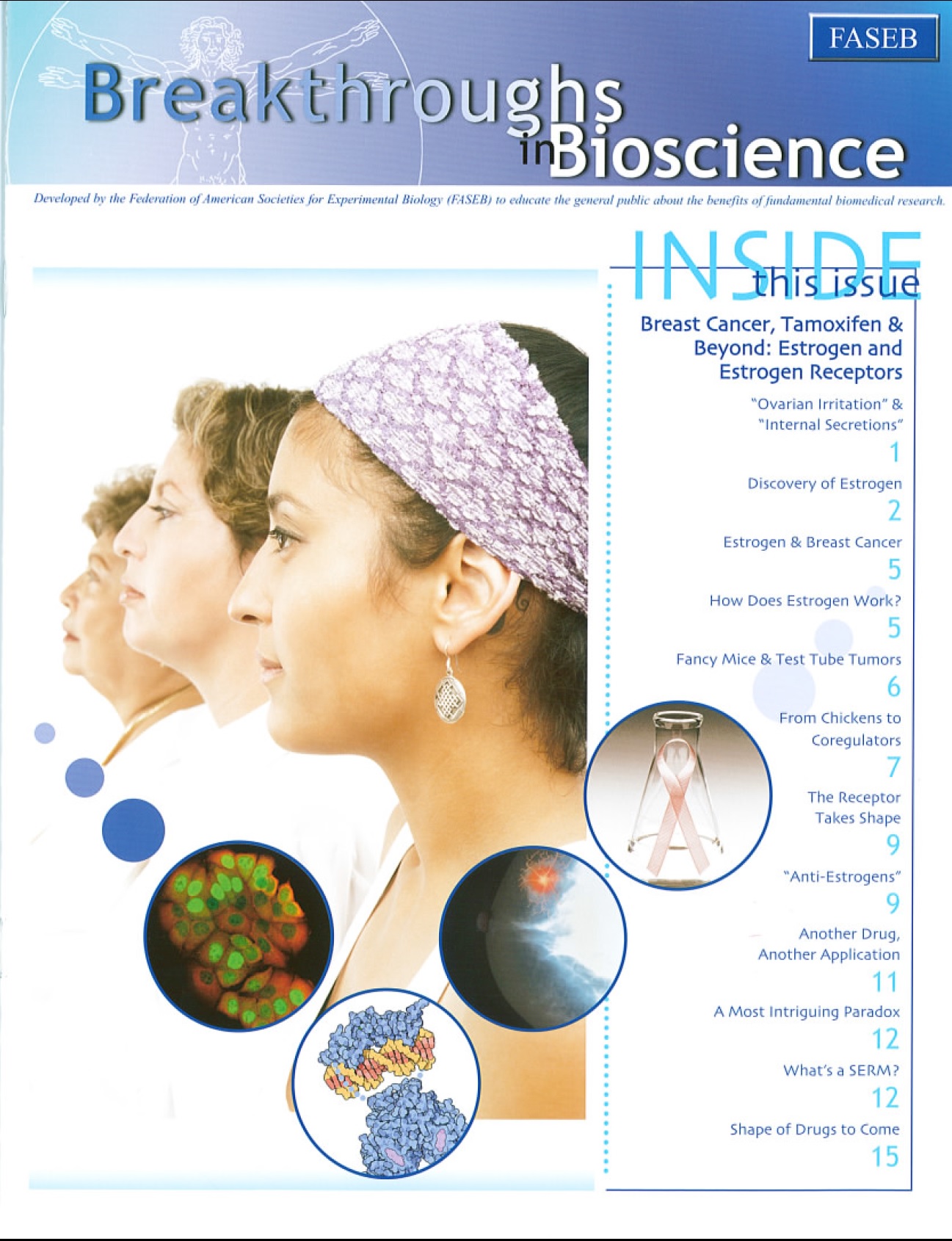The aim of science is to discover and illuminate truth. And that, I take it, is the aim of literature, whether biography or history or fiction. It seems to me, then, that there can be no separate literature of science.
–Rachel Carson
Good writing is clear, engaging, and concise, whether biography, history, fiction, or science. In that respect, writing for medical students is not all that different from writing for middle school students. If you click on the Popular tab above, you will see a list of some of my publications written for general audiences, including children. Here is a peek at my writing process.
Some of my favorite articles are those I write for FASEB. These articles weave together seemingly unrelated or unimportant discoveries to show how basic, interdisciplinary science contributes to life-saving applications. I especially enjoy digging into the history of science and getting to know the people who contributed to our present knowledge.
My work for the Pandemic Tracking Collective was very collaborative, involving PTC members who are experts in public health, data science, science communication, and data visualization. Our longform pieces written as consultants with The Rockefeller Foundation can be found here. These pieces are collaborative efforts to convey the science of infectious diseases and our responses to them in a changing climate.
If you click the Academic tab above, you will see a list of the scientific papers on which I am listed as an author. They were generated from my work as a research associate, graduate student and freelance consultant. Since they were written for a different audience, they may seem less clear, engaging, or concise to your average reader, but the goal is the same, to discover and illuminate the truth.
